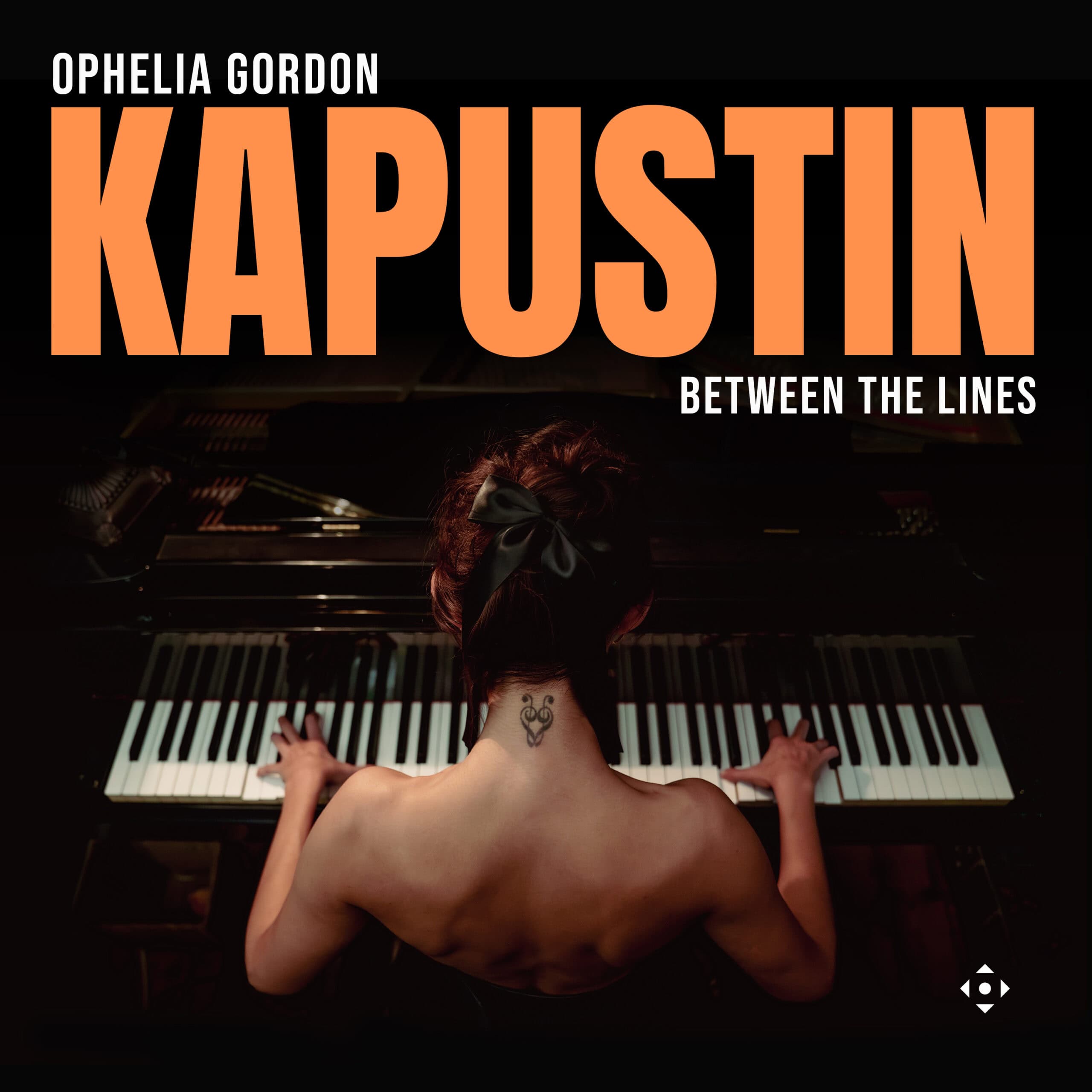The Classical Music Sentinel
I assume that one could say that when composer and pianist of Russian-Jewish descent Nikolai Kapustin (1937-2020) was jotting down his music he was inadvertently inventing a new genre at the same time. Dare I call it “Jazzical”? What makes it unique is that it totally sounds like freely improvised jazz, but then isn’t because each and every note is annotated and built within a fully structured work. Now dyed-in-the-wool jazz pianists will question its validity because if it’s not off the cuff improvised, it’s not bona fide jazz. And classical music pianists will denounce its unusual harmonic and rhythmic layout.
Nonetheless it’s a joy to listen to and if you’re an accomplished pianist it must be a thrill to play. The simple fact that piano virtuoso extraordinaire Marc-André Hamelin performed and recorded some of these pieces is proof of that. What makes this music so difficult and challenging to play is that despite the fact that it’s all written down for you to learn, you still need to make it sound instantaneously improvised as if you’re making it up as you go along as if you were Oscar Peterson for example.
British pianist Ophelia Gordon has an edge here in that, according to the booklet notes she “grew up surrounded by the sound of jazz, although all my formal training was in classical music.” She goes on to explain that “Kapustin’s music is not just ‘jazz for classical pianists’. It’s his own language that no other composer, regardless of genre, could ever copy. His music doesn’t sit neatly in any one box – and that’s exactly what pulled me in. His pieces borrow from jazz, speak the language of classical form, and groove like something altogether new.” Her playing captures and projects the ‘spur of the moment’, the ‘swing’ elements of Kapustin’s music better than Hamelin, and all of it without missing a beat.
@divineartrecordingsgroup
A First Inversion Company
Registered Office:
176-178 Pontefract Road, Cudworth, Barnsley S72 8BE
+44 1226 596703
Fort Worth, TX 76110
+1.682.233.4978




![Listen to the full suite of Marcel Dupré’s Variations Sur un Noël, Op. 20 from Alexander Ffinch’s #Expectations release today! listn.fm/expectations [in bio]](https://scontent-dfw5-1.cdninstagram.com/v/t51.71878-15/588904367_2327488161082898_8709236950834211856_n.jpg?stp=dst-jpg_e35_tt6&_nc_cat=105&ccb=7-5&_nc_sid=18de74&efg=eyJlZmdfdGFnIjoiQ0xJUFMuYmVzdF9pbWFnZV91cmxnZW4uQzMifQ%3D%3D&_nc_ohc=6Hmi-5Sxz4wQ7kNvwHFMjib&_nc_oc=AdmGIpS8Yt2pe-yKGk1AN8839vzrKNB5ayJnnumh8OWN_otd8BLsIhzJTSBH-f5Dv4Q&_nc_zt=23&_nc_ht=scontent-dfw5-1.cdninstagram.com&edm=ANo9K5cEAAAA&_nc_gid=KJiCPRm7v7LZrWNLl6yK6g&oh=00_AflCXOUEUv9UaAXSVb5xTTNmXdePYX3NBYf6f_AnUzjkJg&oe=69439CEA)

![“the ‘Manteca’ Paraphrase – a rare foray into the two-piano medium but here played double-tracked – exudes a panache of which Dizzy Gillespie would surely have approved.… [a] recital well worth investigating.” —Gramophone Magazine with high praise for Ophelia Gordon's debut release, Kapustin: Between the Lines!](https://scontent-dfw5-3.cdninstagram.com/v/t51.82787-15/598796470_18303255136283342_540941604740887837_n.jpg?stp=dst-jpg_e35_tt6&_nc_cat=108&ccb=7-5&_nc_sid=18de74&efg=eyJlZmdfdGFnIjoiRkVFRC5iZXN0X2ltYWdlX3VybGdlbi5DMyJ9&_nc_ohc=6FiEgYiNOZUQ7kNvwFLMQNZ&_nc_oc=Adlq-u98oVUxKkVjvRWbjPfHu6FJVyOTqcnNUQEwv5jTbtDGUiWTnv8XabN4AKz5bhQ&_nc_zt=23&_nc_ht=scontent-dfw5-3.cdninstagram.com&edm=ANo9K5cEAAAA&_nc_gid=KJiCPRm7v7LZrWNLl6yK6g&oh=00_AfkijvaCF1cN1txmXsLcBz9RMul3Y1RGLr69-6YUN3W18g&oe=69437744)





